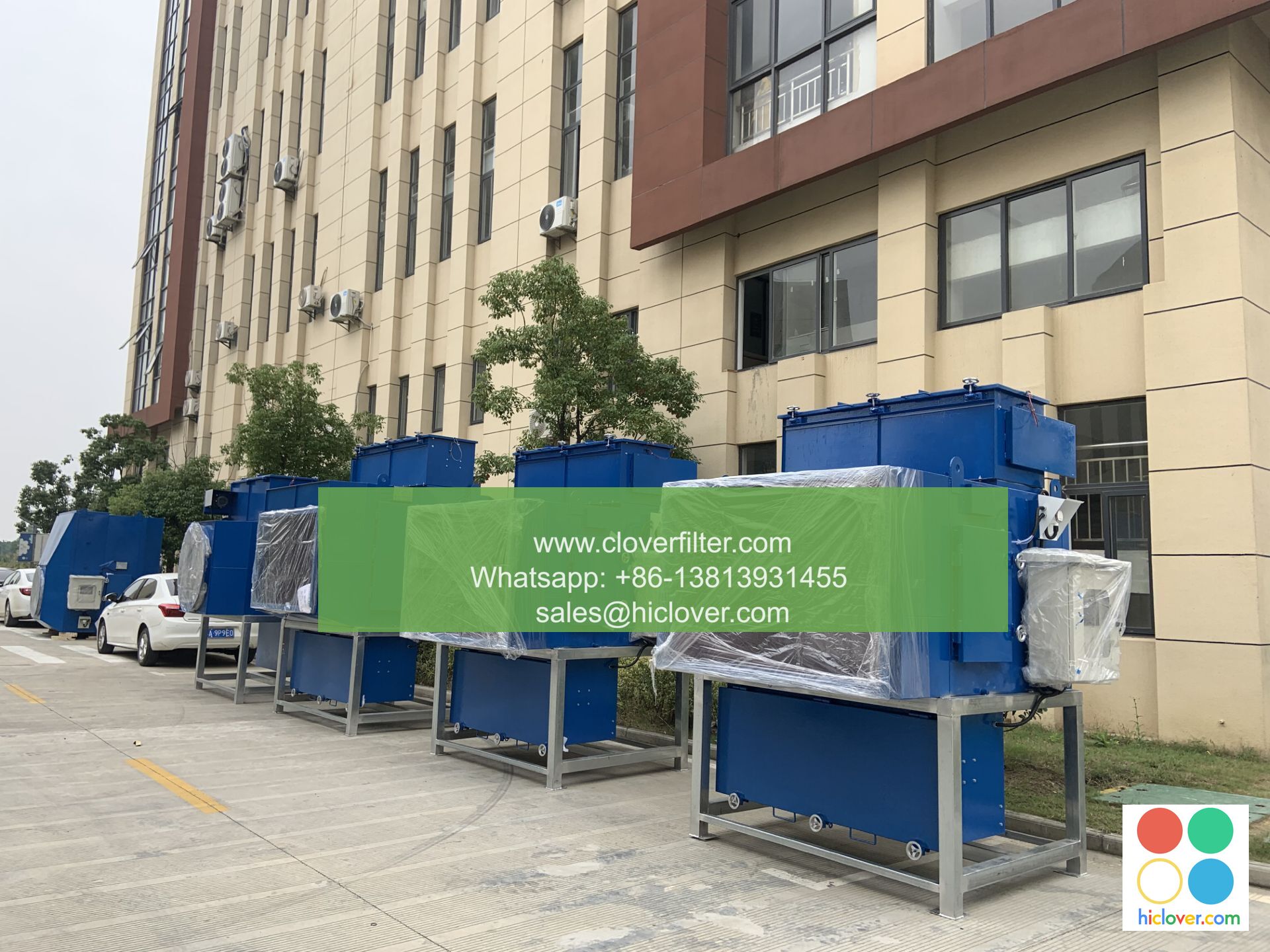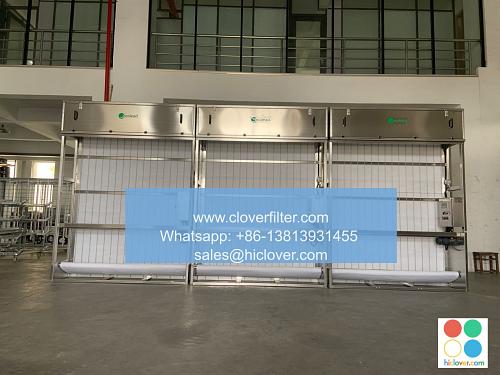The Role of Air Filters in Reducing Viruses

Air filters play a crucial role in reducing the spread of viruses and other airborne pathogens. With the increasing concern about indoor air quality and the transmission of diseases, the importance of air filtration systems cannot be overstated. In this article, we will discuss the key benefits of air filters in reducing viruses, application areas, and technologies used in various industries.
How Air Filters Work
Air filters work by capturing airborne particles, including viruses, bacteria, and other microorganisms. The filtration process involves the use of a porous material that traps particles as they pass through the filter. The efficiency of air filters depends on various factors, including the type of filter, airflow rate, and maintenance. High-efficiency particulate air (HEPA) filters are commonly used in air purification systems to capture 99.97% of particles as small as 0.3 microns.
Application Areas
Air filters have a wide range of applications in various industries, including:
* Healthcare facilities: Air filters are used to reduce the spread of airborne diseases, such as tuberculosis, influenza, and COVID-19.
* Commercial buildings: Air filters are used to improve indoor air quality and reduce the risk of airborne infections.
* Residential homes: Air filters are used to improve home air quality and reduce the risk of allergies and respiratory problems.
* Industrial settings: Air filters are used to reduce the risk of occupational diseases and improve worker health and safety.
Technologies Used
Various technologies are used in air filtration systems to capture viruses and other airborne pathogens. Some of the key technologies include:
* UV-C light technology: This technology uses ultraviolet light to inactivate viruses and other microorganisms.
* Nanofiltration technology: This technology uses nanoporous materials to capture particles as small as 0.001 microns.
* Ionization technology: This technology uses ionized air to attract and capture airborne particles.
Benefits of Air Filters
The use of air filters has several benefits, including:
* Reduced risk of airborne infections
* Improved indoor air quality
* Reduced risk of allergies and respiratory problems
* Improved worker health and safety
* Reduced risk of occupational diseases
In conclusion, air filters play a critical role in reducing the spread of viruses and other airborne pathogens. With the increasing concern about indoor air quality and the transmission of diseases, the importance of air filtration systems cannot be overstated. By understanding the key benefits and application areas of air filters, we can take steps to improve indoor air quality and reduce the risk of airborne infections. It seems like you’re ready to start a conversation, but you haven’t given me a specific topic to discuss. What’s on your mind? Would you like to talk about a particular subject, ask a question, or perhaps engage in a fun activity like trivia or a game? I’m here to help and look forward to hearing from you!

